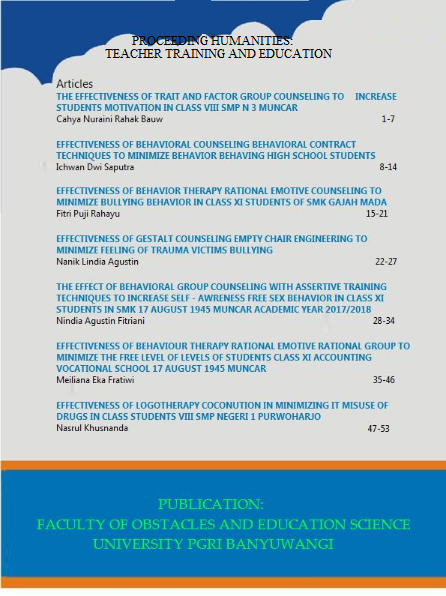The Existence Of Traditional Medicine For Baby Massage Shamans In Banyuwangi Regency In 2006-2022
Keywords:
pengobatan, pengobatan tradisional, tradisional, dukun, dukun bayiAbstract
Banyuwangi is a regency in East Java Province, located at the eastern tip of Java Island. Banyuwangi Regency is bordered by Situbondo Regency in the north, Bali Strait in the east, Indian Ocean in the south and Jember Regency and Bondowoso Regency in the west. Ketapang Port connects Java Island with Gilimanuk Port in Bali. Banyuwangi is the largest district in East Java. Its area is 5,782.50 km. Its territory is quite diverse, from lowlands to mountains. The Banyuwangi area is bordered by Bondowoso Regency, there is a series of Ijen Plateau with peaks of Mount Raung (3,282 m) and Mount Merapi (2,800 m), both of which are active volcanoes. The southern part has plantations, relics from the time of the Dutch East Indies. On the border with the southern Jember Regency, it is a conservation area that is now protected in a nature reserve, namely Meru Betiri National Park. Sukamade Beach is a turtle development area. The Blambangan Peninsula also has a nature reserve, namely Alas Purwo National Park (Central Statistics Agency Kabupaten Banyuwangi, 2013). Banyuwangi Regency besides being famous for its culture, tourism, and natural beauty, it turns out that this regency also still has traditions that are still maintained from the past until now. According to the KBBI (2000:1208), tradition is a custom of descending from ancestors that is still carried out by the community. According to Shils (in Sztompka (2008: 70), tradition means everything that is channeled from the past to the present.

